What was the
problem with coding sequences and how was it resolved?
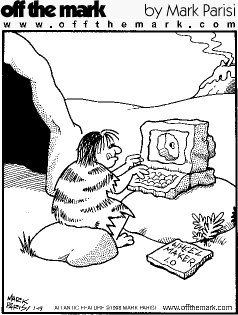 After
it was (more or less) agreed upon that character sets would be developed using
7-bits, computer architects began building computers based on groupings of
7-bits and associated a uniques symbol with each of the groupings.
After
it was (more or less) agreed upon that character sets would be developed using
7-bits, computer architects began building computers based on groupings of
7-bits and associated a uniques symbol with each of the groupings.
OK. So what's the problem??
The problem is that
they all developed their own coding schemes, none of which corresponded to any
of the others.
For example, If there
were three manufacturers, their interpretations
of what each 7-bit sequence means might be as follows:
|
BINARY
SEQUENCE |
Manufacturer
1 |
Manufacturer
2 |
Manufacturer
3 |
|
00000000 |
A |
? |
SP |
|
00000001 |
B |
Σ |
BS |
|
00000010 |
C |
+ |
BEL |
So??
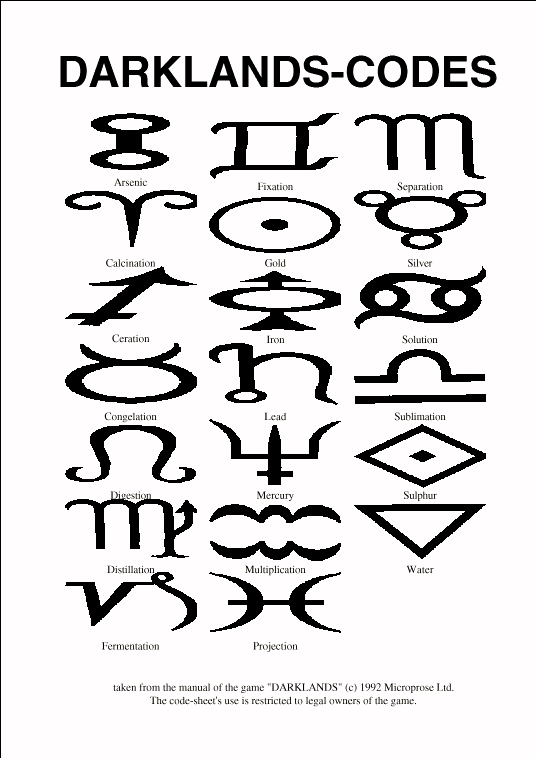 The
computers couldn't communicate with each other (at least not without an
interpreter). Additionally, not all the symbols used were the same. Manufacturer
1, for example, might be the only manufacturer to include the character ¢,
manufacturer 2 the symbol ©, and manufacturer 3 the symbol £.
The
computers couldn't communicate with each other (at least not without an
interpreter). Additionally, not all the symbols used were the same. Manufacturer
1, for example, might be the only manufacturer to include the character ¢,
manufacturer 2 the symbol ©, and manufacturer 3 the symbol £.
Again, so what??
Are you one of those people who thinks that everyone in the world should speak
the same language?
Ah, but computers
aren't people. Unlike people, who might have a difficult time learning English,
or Spanish or Chinese if they weren't raised with that language, for computers
to associate the same bit sequence with the same symbol is quite simple: It is a
matter of applying the same look-up tables. This was especially true in the
early development of computers when there were not thousands of programs which
had been developed based on a particular coding scheme.
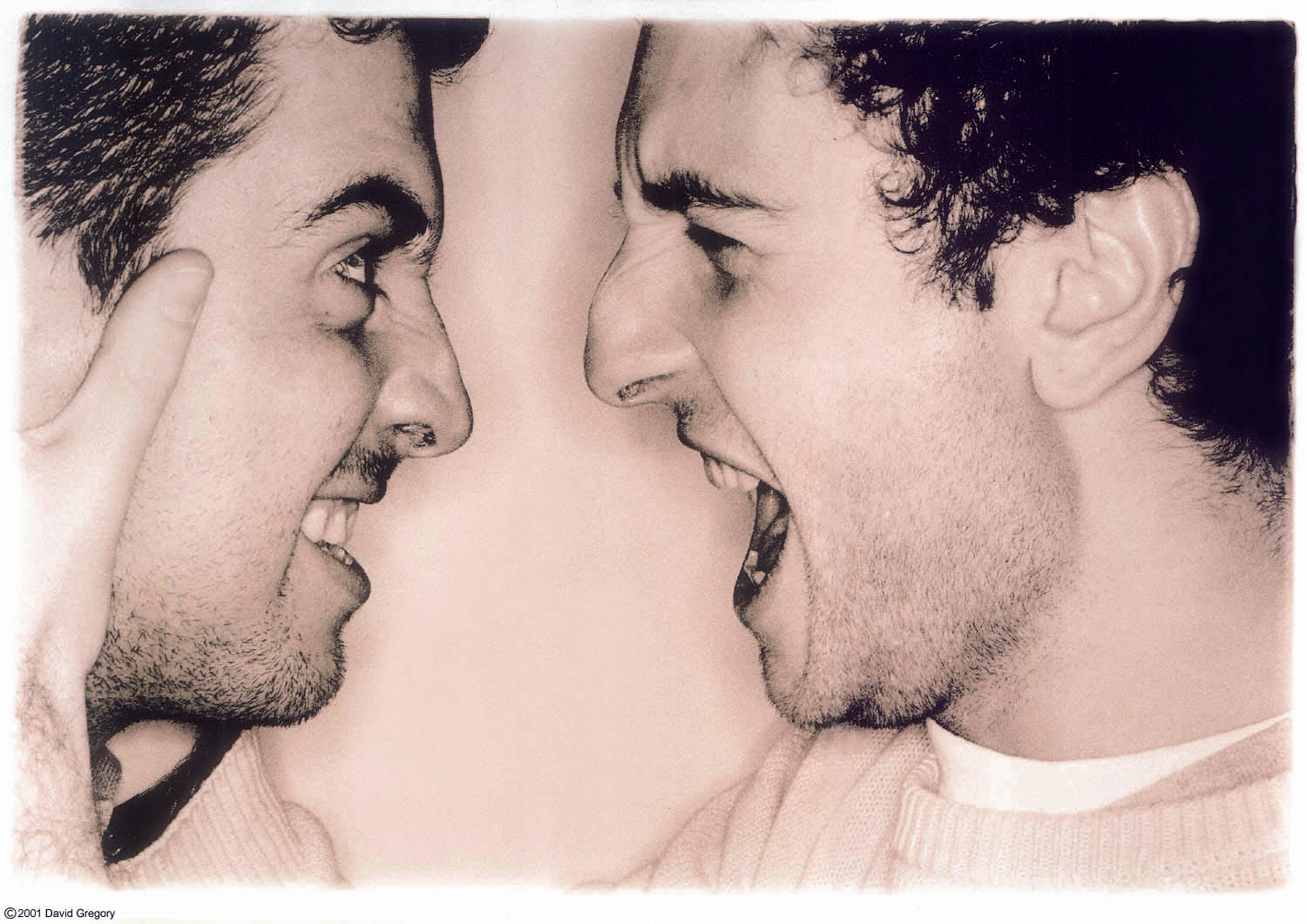 Additionally,
it is especially important for computers to be able to readily communicate with
each other so that they could share data (i.e., as we know from databases,
duplicating data can cause a myriad of problems).
Additionally,
it is especially important for computers to be able to readily communicate with
each other so that they could share data (i.e., as we know from databases,
duplicating data can cause a myriad of problems).
Suppose for example,
that each post office were allowed to develop their own zipcodes.
How could you ever send a letter to someone outside your zipcode?
How
was the problem solved??
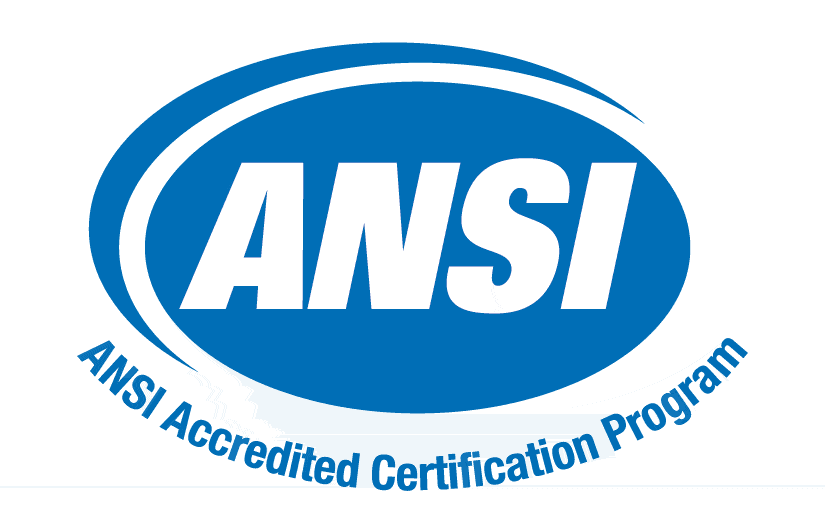 The
American Standards Association (ASA), as it was called at that time (now ANSI:
The American National Standards Institute), a federal organization intended to
coordinate national standards development in an effort to avoid duplication,
waste and conflict, devised a coding scheme called ASCII: The American
Standard Code for Information Interchange. It became a standard in 1963.
Although it has gone through a few revisions since then, it remains the standard
used by most computer manufacturers.
The
American Standards Association (ASA), as it was called at that time (now ANSI:
The American National Standards Institute), a federal organization intended to
coordinate national standards development in an effort to avoid duplication,
waste and conflict, devised a coding scheme called ASCII: The American
Standard Code for Information Interchange. It became a standard in 1963.
Although it has gone through a few revisions since then, it remains the standard
used by most computer manufacturers.
What
does the coding scheme look like??
Here are
some sample symbols and the binary sequence they correspond to:
|
BINARY
SEQUENCE |
Symbol |
Meaning |
|
00000000 |
NUL |
The NULL Character |
|
00000001 |
SOH |
start-of-heading |
|
00000010 |
STX |
start-of-text |
|
º º º |
º º º |
º º º |
|
00100001 |
! |
Exclamation
Mark |
|
00100010 |
" |
Double
Quotation |
|
00100011 |
# |
Number Sign |
|
º º º |
º º º |
º º º |
|
01000001 |
A |
Capital A |
|
01000010 |
B |
Capital B |
|
º º º |
º º º |
º º º |
And there are 128 7-bit sequences,
Right??
Yes and
no. The Standard ASCII Character Set still consists of 128
characters (based on 7-bits, obviously, since 27 = 128). However,
over time, as errors became less of an issue, all 8-bits in a byte were
associated with a unique symbol. Using all 8-bits allows us to represent 256
(Since 28 = 256) symbols (an additional 128 characters). The
additional symbols are included in the Extended ASCII Character Set.
Here are
some sample symbols and the binary sequence they correspond to in the Extended
ASCII Character set:
|
BINARY
SEQUENCE |
Symbol |
Meaning |
|
10110000 |
░ |
Graphic Symbol |
|
10110001 |
▒ |
Graphic
Symbol |
|
º º º |
º º º |
º º º |
|
10110110 |
╣ |
Graphic
Symbol |
|
10110111 |
╖ |
Graphic
Symbol |
|
º º º |
º º º |
º º º |
|
11100000 |
α |
Greek alpha
(lower case) |
|
11100000 |
β |
Greek beta
(lower case) |
|
11100000 |
γ |
Greek gamma
(lower case) |
|
º º º |
º º º |
º º º |
As you
can see it contains a variety of characters from the Greco-Roman Alphabet, as
well as a variety of graphical symbols. I have provided you with a complete
ASCII table (standard and extended) in the
Supplementary
Information Page. The tables are also easy to find on-line.
So, Everyone uses ASCII now, right??
Well,
no, but we'll discuss that soon. Right after we talk about ASCII Files.
Some good references include:
-
ASCII Definition (Webopedia)
-
A history of
ASCII
-
A tutorial on character
code issues
At this point in time, you should be
able to Answer the following questions:
- Why was ASCII
developed?
Early computers developed their own coding
schemes. The problem was that there was not a standardized set of symbols used
and symbols which were used in common were not associated with the same bit
sequences.
- Why is it important that computers
use the same coding scheme?
Computers need to be able to communicate with
each other so that they can share information.
- Who developed ASCII and why?
The American Standards Association (ASA), as it was called at that time (now
ANSI: The American National Standards Institute), a federal organization
intended to coordinate national standards development in an effort to avoid
duplication, waste and conflict.
- How many characters are there in the
ASCII character set?
The Standard ASCII Character set contains 128 symbols,
and the Extended ASCII Character set contains 256 symbols (since it uses all
8-bits)
-
What are
the ASCII bit sequences used for the following
characters:
a.
NULL g. 0 (zero)
b. BEL
h. 7
c. BackSpace i. A
d. CR j. M
e. ESC k.
a
f. Space
Look them up in ASCII table (standard
and extended) provided in the
Supplementary
Information Page.
- ASCII was developed because:
a. Computer Architects wanted to represent different symbols
b. Computer Architects used different bit sequences to represent the
same symbols
c. Computer Architects needed to standardize the use of
parity bits
d. A and B
e. A and C
Answer: d
- The intent of
The American National Standards
Institute, the developers of ASCII, was to:
a. Coordinate National Standards
b. Avoid Duplication
c. Avoid Waste
d. None of the above
e. All of the above
Answer: e
- Computers need to be able to
communicate with each other in order to:
a. Share data
b. Avoid Duplication
c. Avoid Waste
d. None of the above
e. All of the above
Answer: a
- All of the following
symbols/representations are found in the standard ASCII character set except:
a. NULL
b. $
c. ESC
d. 10
e. BS
Answer: d
- The standard ASCII Character set
consists of how many symbols??
a. 64
b. 128
c. 256
d. 1024
e. 65,536
Answer: b

This page was last updated on
01/08/05

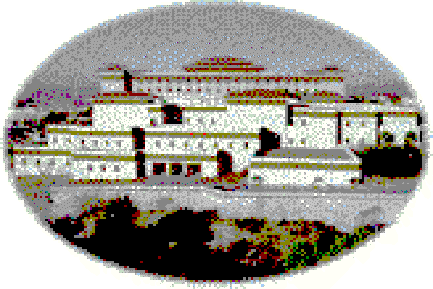 CIS3355:
Business Data Structures
CIS3355:
Business Data Structures